The Sudokomic Game
This article is a repost promoting content originally published elsewhere. See more things Dan's reposted.
Dan Q
This article is a repost promoting content originally published elsewhere. See more things Dan's reposted.
This article is a repost promoting content originally published elsewhere. See more things Dan's reposted.
Sorry about the long break — I just wish I could tell you that it was because I’d been completely unable to find any awful examples of the pink/blue ‘colour bar’ in kids’ stuff. Sadly the truth is quite the reverse: there seems to be more of this crap every day, it gets demoralising, and…
Earlier this year, my colleague Liz and I were talking – as I’m sure the staff of every academic library’s communications team have at some point or another – about the most-valuable survival skills for a post-apocalyptic world. Once it’s time to rebuild society, we probably don’t have much need for computer programmers, magicians, or social media experts, and the value of librarians is tertiary, so we decided that we needed to learn some new skills in order to improve our quality of life. You know, after the radioactive dust has settled/zombies are under control/firestorm has ceased/disease has passed.
Obviously we’ll need food, for which we’ll need farmers. But it seemed to us that anybody can learn to plant and harvest crops: we’ve all grown food in our gardens and greenhouses before… and there’s a far more-comfortable position to be had being the person who makes the tools for the farmers. And the builders, and the woodcutters, and the soldiers, and so on.
The correct career choice for the post-apocalyptic world is… blacksmith.
We arrived at the Avoncroft Museum, near Bromsgrove, early on Saturday morning. It looked to still be closed, but I asked a conveniently-nearby man, who had that certain look of a blacksmith, if he was the blacksmith, and the responded affirmatively. Liz and I followed him down through the grounds of the museum, between expansive model train layouts and the National Telephone Kiosk Collection (of course that’s a thing), to his little forge.
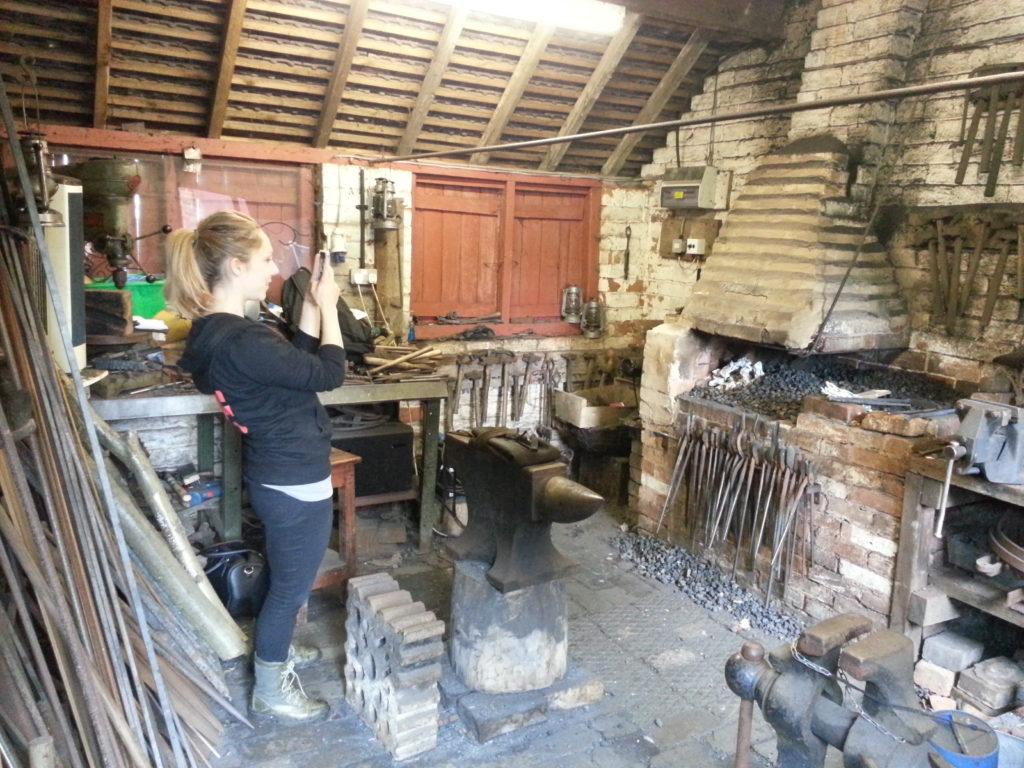
The smith gave us a brief tour, showing us the different parts of the hearth, the (140-year old) anvil, the slack tub, and so on, then went outside to gather up some kindling so that he could get a fire going.
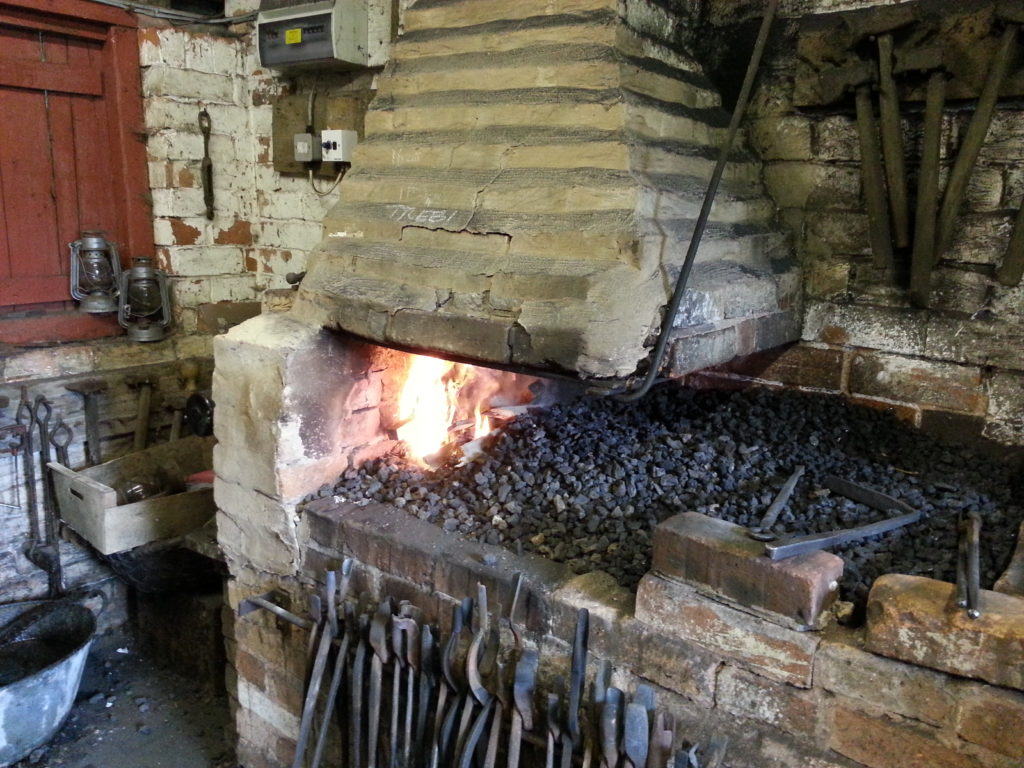
Then, he showed us what we’d be making today: a fire poker (“here’s one I made earlier”). He pointed out the different elements of the work: the broadened tip with its sharp point, the tapered end and stem, the decorative twist, and the hook at the top. This, he said, represented the majority of the basic techniques of traditional forging (except for fire welding): upsetting, drawing out, and bending.

The talents of a blacksmith are actually quite broad and complex. There’s the ability to determine the heat (and thus malleability) of a metal by its colour (which in turn is affected by the type of metal: light steel, wrought iron, aluminium, brass etc. all have different thermal characteristics). Then there’s the skill required in accurately positioning and moving the metal, and the vision required to appreciate how it’ll behave when it’s more-or-less plasticine. And that’s without mentioning the physical strength that’s needed: forge-temperature iron turns out to be only a little more-flexible than cold iron, and it takes quite a wallop to make the impact you need… and all while trying to maintain the control you require to shape it the way you’re looking to.
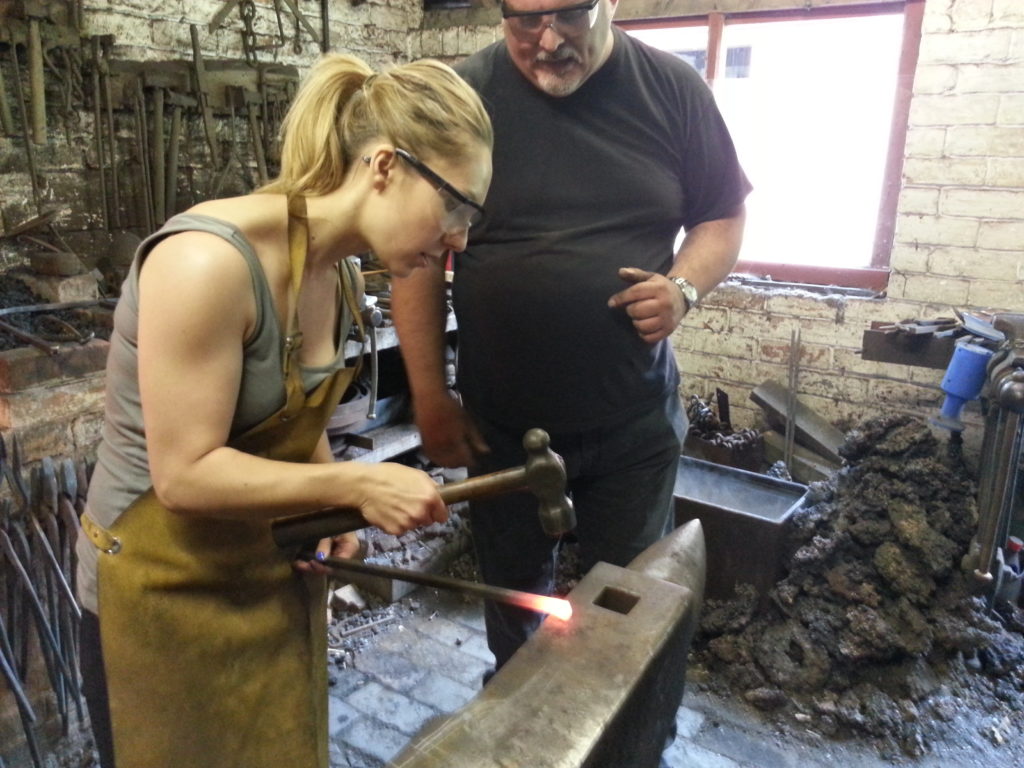
Something quite magical about the process, for me, was that the work we were doing used effectively all of the same tools and techniques that have been practiced by blacksmiths for at least 3000 years. With only three exceptions – the striplights over our heads (rather than lanterns – although the blacksmith did have a good number of those around too!), the electric fan that pumped air into the hearth (rather than a nine-year-old boy pumping the bellows) and the angle grinder that the blacksmith used initially to cut us each off a chunk of steel to work with – what we were doing wouldn’t have looked remotely out-of-place to a blacksmith of ancient Rome or Greece. Well: except for letting a woman work metal, I suppose.
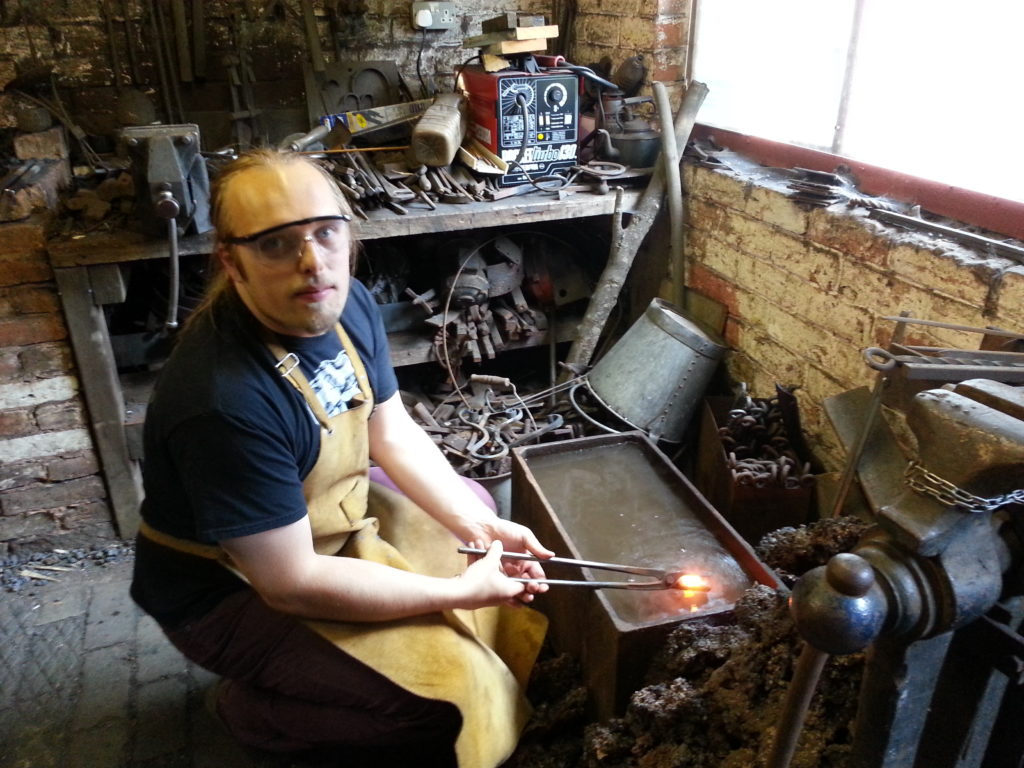
Twelve hours later, Liz and I left – pokers in hand and ready to fight off any zombies we came across! – completely exhausted. We’d each gotten a few small burns and some memorable aches in our arms and backs, but we’d succeeded in the tiny first step of our plan to make ourselves indispensable after the apocalypse happens. In nearby Bromsgrove, we each devoured half of a pizza, then finally made our way to our respective homes.
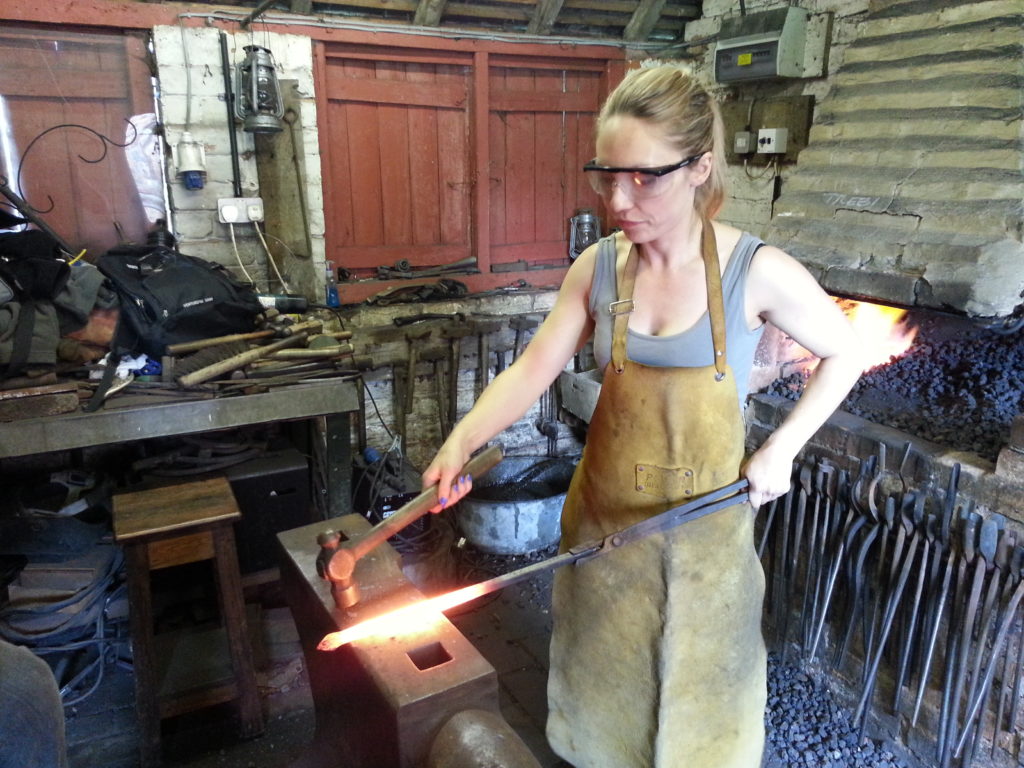
Would I ever be a blacksmith by choice? Outside of an apocalypse, no: having heard the war stories (and seen the injuries) of our blacksmith tutor, I’d rather stick to safer activities, like skydiving. But if you’ve got the inclination to try your hand at blacksmithing, I’d thoroughly recommend that you give it a go, and the smith at Avoncroft is totally worthy of your attention: go make something!
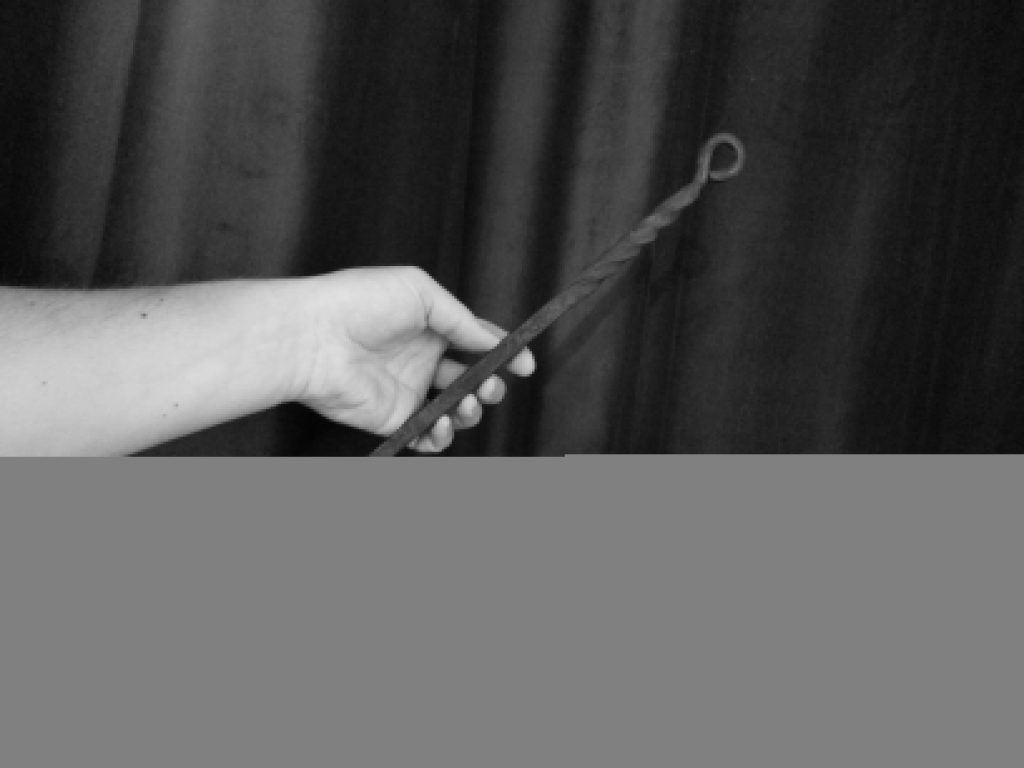
This checkin to GLEM32TE Oxford Medical History #1: Medical mould reflects a geocaching.com log entry. See more of Dan's cache logs.
Despite having helped the CO to hunt for hiding spots, it still took me a while to retrieve this one as muggles kept passing by! Got there in the eve. TFTC!
This article is a repost promoting content originally published elsewhere. See more things Dan's reposted.
Back in early March, I posted comic #1337, Hack, about a wayward spacecraft. ISEE-3/ICE was returning to fly past Earth after many decades of wandering through space. It was still operational, and could potentially be sent on a new mission, but NASA no longer had the equipment to talk to it—and announced that reconstructing the equipment…
This link was originally posted to /r/MegaLoungeRuby. See more things from Dan's Reddit account.
The original link was: https://www.ruby-lang.org/
[this post was originally made to a private subreddit]
This self-post was originally posted to /r/MegaLoungeIX. See more things from Dan's Reddit account.
[this post was originally made to a private subreddit]
As I’ve made my way up through the lounges, I’ve discovered – as you’d expect – that each has been quieter than the one that preceded it. Does this trend continue, I wonder: do we end with somebody (Greypo, I guess!) talking to themselves? Or is the “dip” here in IX a temporary thing, because IX is so-clearly a “passing-through” place as people work their way up to the fabled X.
I’m not sure. But I’m hoping to find out.
This checkin to GLEJ3XFQ Oxford Medical History #2: Grey matter reflects a geocaching.com log entry. See more of Dan's cache logs.
An easy enough find made easier by the fact that I helped find the hiding spot for the owner! Came by on the way home from work to drop off a Georgian. TFTC!
Our holiday in Devon last week turned out to be… memorable… both for happy holiday reasons and for somewhat more-tragic ones. Selected features of the trip included:
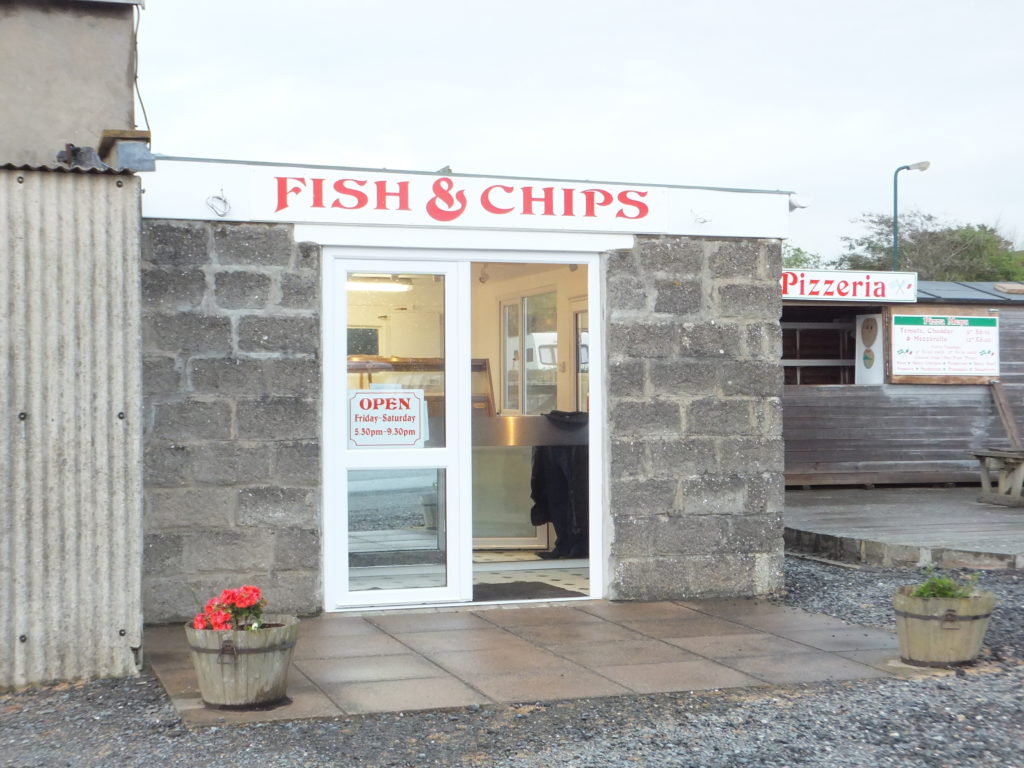
We spent most of the week in Croyde, a picturesque and tourist-centric village on Devon’s North coast. The combination of the life of a small village and being at the centre of a surfer scene makes for a particularly eccentric and culturally-unusual place. Quirky features of the village included the bakery, which seemed to only bake a half-dozen croissants each morning and sell out shortly after they opened (which was variably between 8am and 9am, pretty much at random), the ice cream shop which closed at lunchtime on the hottest day of our stay, and the fish & chip shop that was so desperate to “use up their stock”, for some reason, that they suggested that we might like a cardboard box rather than a carrier bag in which to take away our food, “so they could get rid of it”.
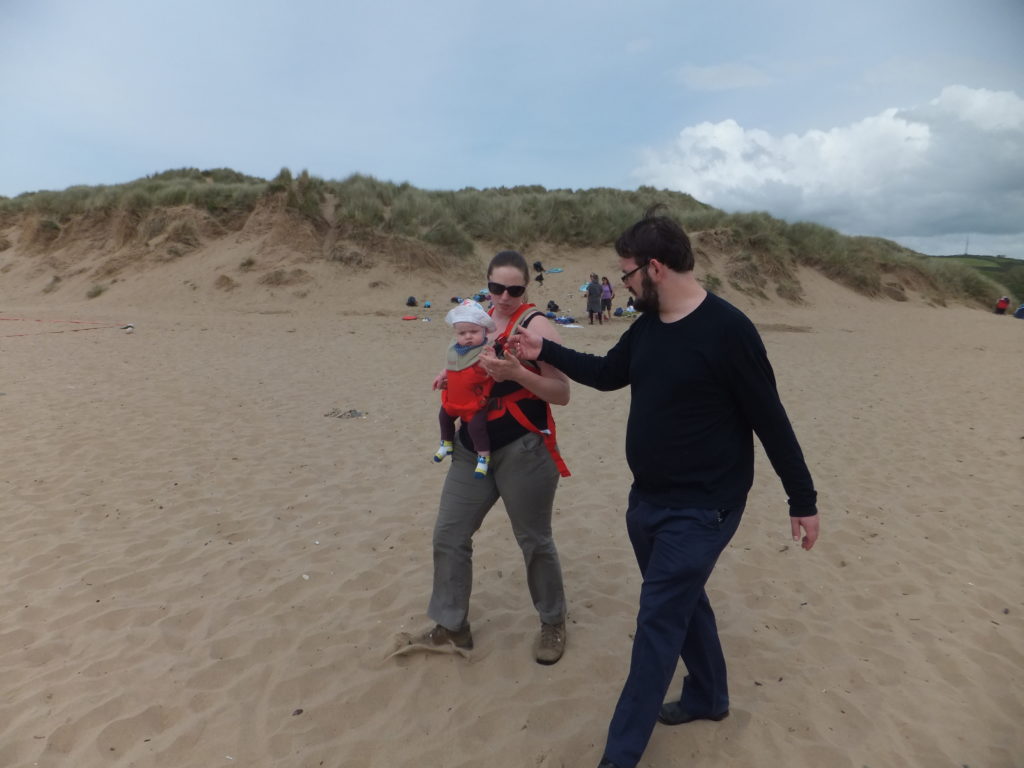
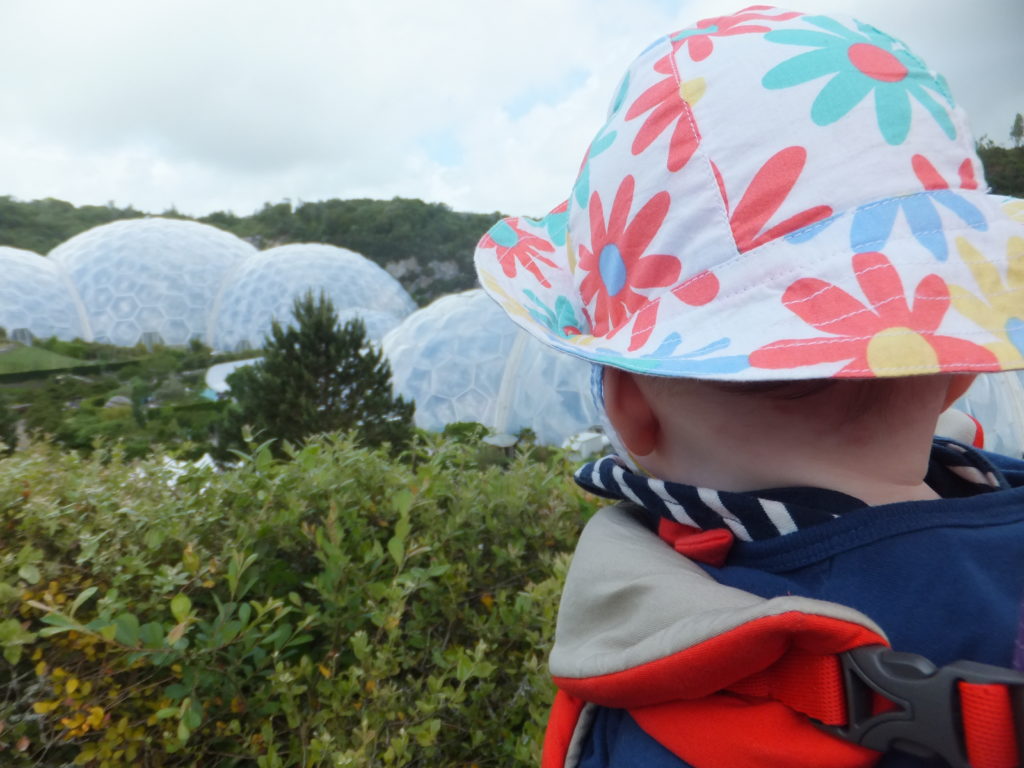
Ever since it opened in the early 2000s, I’d always wanted to visit The Eden Project – a group of biome domes deep in the valley of a former Cornish quarry, surrounded by gardens and eco-exhibitions and stuff. And since we’d come all of the way to Devon (via Cardiff, which turns out to be quite the diversion, actually!), we figured that we might as well go the extra 90 miles into Cornwall to visit the place. It was pretty fabulous, actually, although the heat and humidity of the jungle biome really did make it feel like we were trekking through the jungle, from time to time.
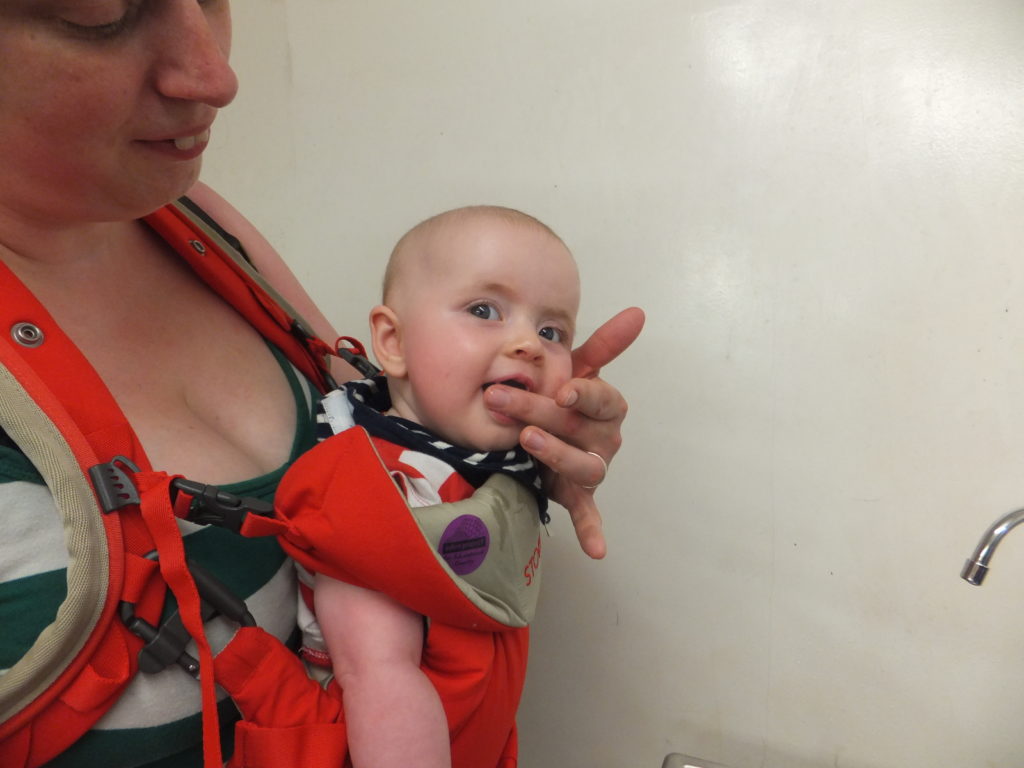

On one day of our holiday, I took an afternoon to make a 6½ mile hike/jog around the Northern loop of the Way Down West series of geocaches, which turned out to be somewhat gruelling on account of the ill-maintained rural footpaths of North Devon and taking an inadequate supply of water for the heat of the afternoon.
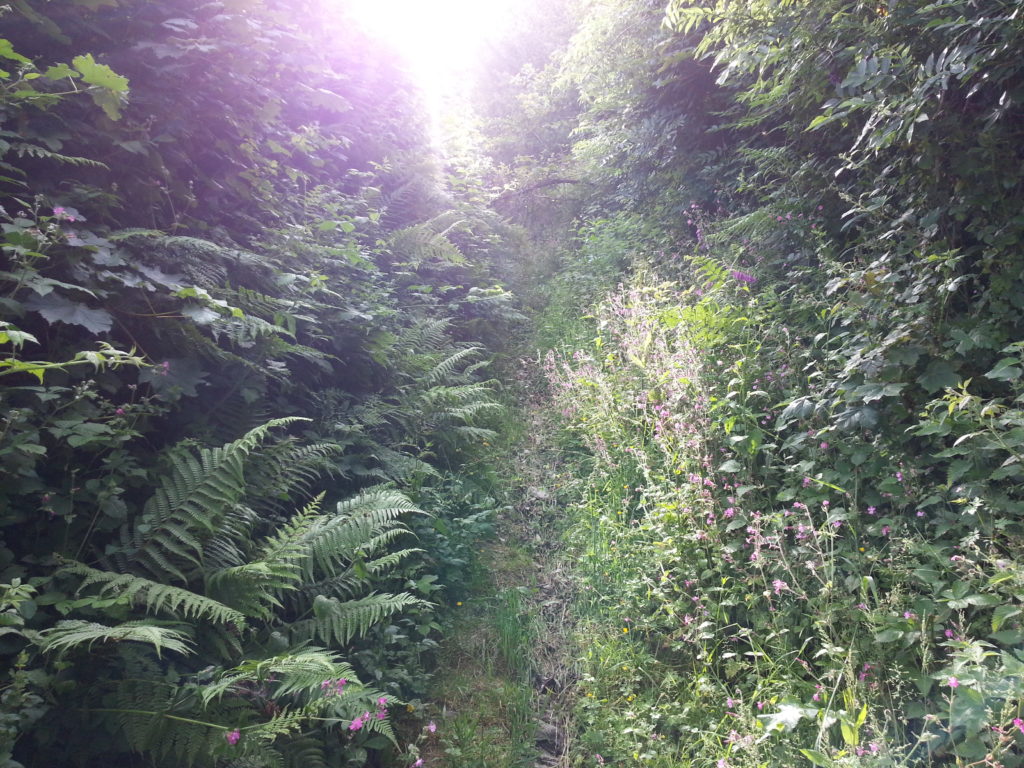
On the upside, though, I managed to find 55 geocaches in a single afternoon, on foot, which is more than three times my previous best “daily score”, and took me through some genuinely beautiful and remote Devon countryside.
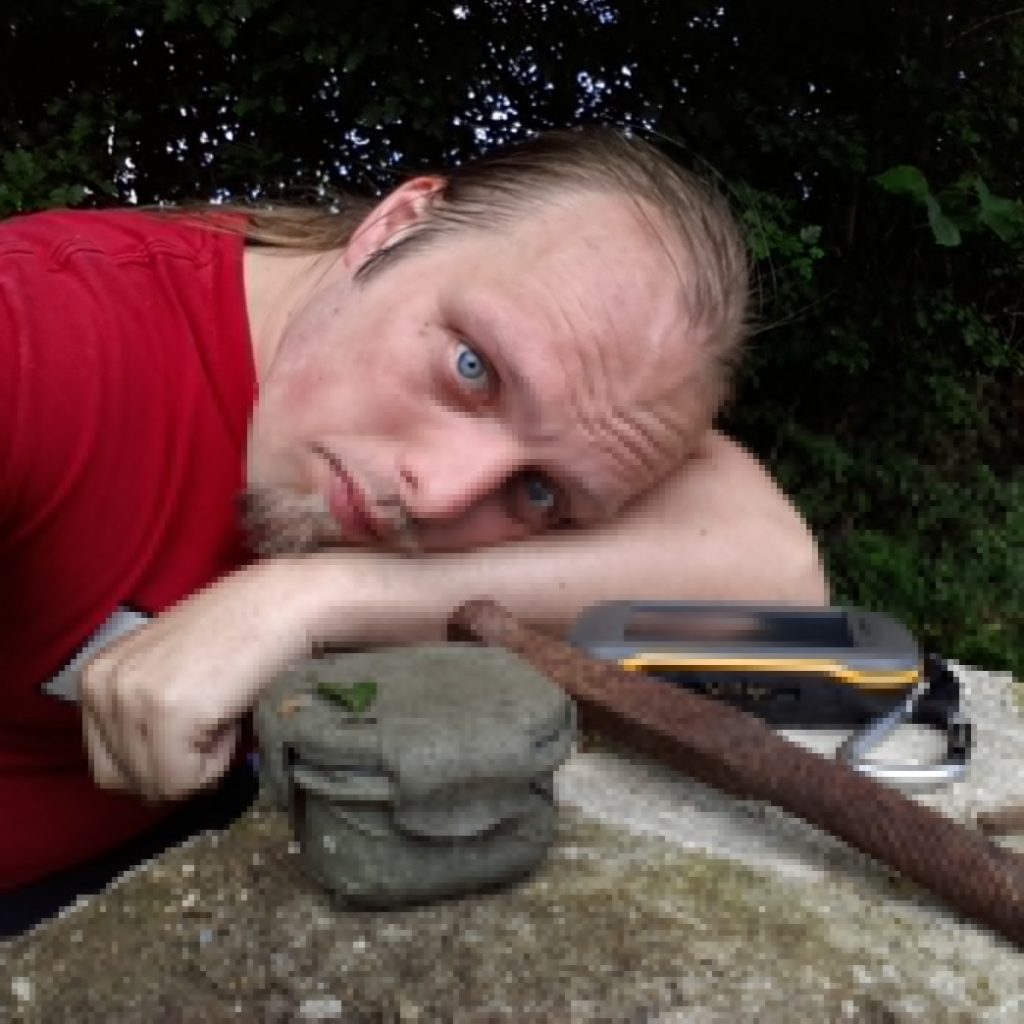
We took an expedition out to Watermouth Castle, which turned out to be an experience as eccentric as we’d found Croyde to be, before it. The only possible explanation I can think of for the place is that it must be owned by a child of a hoarder, who inherited an enormous collection of random crap and needed to find a way to make money out of it… so they turned it into something that’s 50% museum, 50% theme park, and 100% fever dream.

There’s a cellar full of old bicycles. A room full of old kitchen equipment. A room containing a very large N-gauge model railway layout. Several rooms containing entertainments that would have looked outdated on a 1970s pier: fortune tellers, slot machines, and delightfully naïve peep-show boxes. A hedge maze with no exit. A disturbingly patriotic water show with organ accompaniment. A garden full of dancing gnomes. A hall of mirrors. A mock 1920s living room. A room full of primitive washing machines and their components. The whole thing feels schizophrenic, but somehow charming too: like a reminder of how far entertainment and conveniences have come in the last hundred years.

We took a hike out to beautiful Baggy Point, a beautiful headland stretching out into the Atlantic to make it the Easternmost point in North Devon. It was apparently used by soldiers training for the D-Day landings, but nowadays it seems mostly to be used to graze goats. The whole area made me reminisce about walks to Borth along the Ceredigion coast. Unfortunately for Ruth and JTA, who headed back to our accommodation before me, I’d failed to hand them the key to the front door before we parted ways and I went off to explore the rest of the headland, and in my absence they had to climb in through the window.
For all of the wonderful things we got up to in Devon, though – everything above and more besides – the reason that we’ll no-doubt never forget this particular trip came as we set off on our way home.
[spb_message color=”alert-warning” width=”1/1″ el_position=”first last”]Warning: this section discusses a tragic car accident.[/spb_message]
About an hour after we set off for home on our final day in Devon, we ended up immediately behind a terrible crash, involving two cars striking one another head-on at an incredible speed. We saw it coming with only seconds to spare before both vehicles smashing together, each thrown clear to a side of the road as a cloud of shattered glass and metal was flung into the air. JTA was driving at this point, and hit the brakes in time to keep us clear of the whirling machines, but it was immediately apparent that we were right in the middle of something awful. I shouted for Ruth and JTA to see what they could do (they’re both Red Cross first aiders, after all) as I phoned the emergency services and extracted our location from the SatNav, then started working to ensure that a path was cleared through the traffic so that the ambulances would be able to get through.

A passer-by – an off-duty police officer – joined Ruth and I in performing CPR on one of the drivers, until paramedics arrived. My first aid training’s rusty compared to Ruth and JTA’s, of course, but even thinking back to my training so long ago, I can tell you is that doing it with a real person – surrounded by glass and oil and blood – is a completely different experience to doing it on a dummy. The ambulance crew took over as soon as they arrived, but it seems that it was too late for her. Meanwhile the driver of the other car, who was still conscious and was being supported by JTA, hung on bravely but, local news reported, died that afternoon in hospital. Between the two cars, two people were killed; the third person – a passenger – survived, as did a dog who was riding in the back of one of the cars.
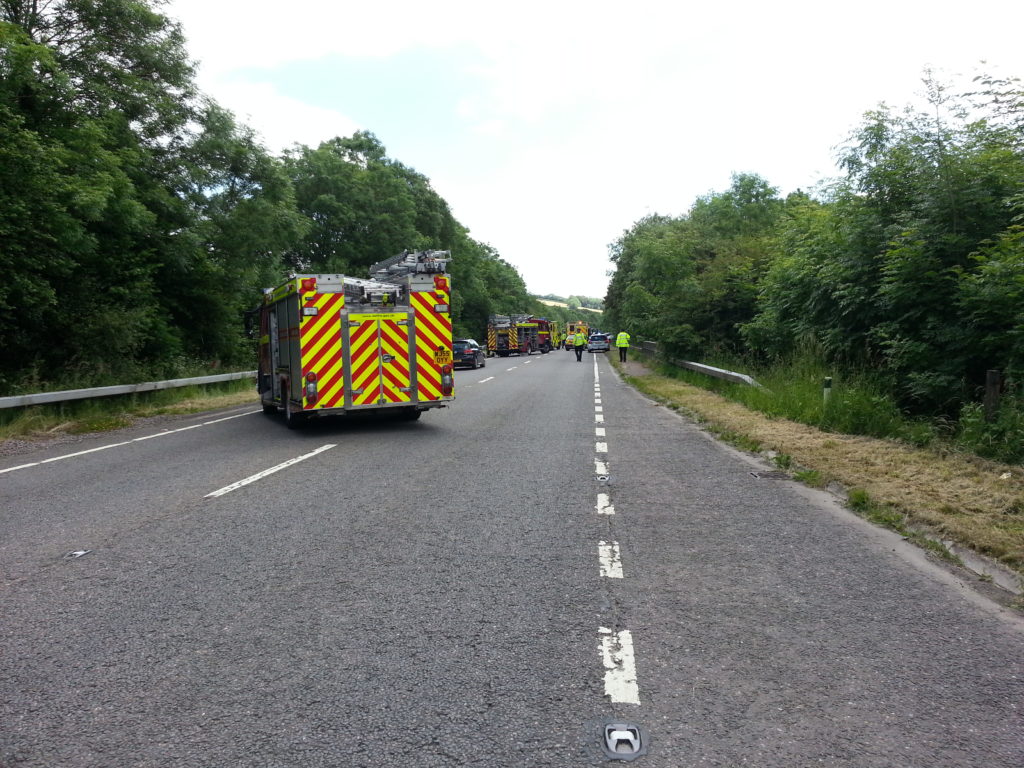
I am aware that I’ve described the incident, and our participation in its aftermath, in a very matter-of-fact way. That’s because I’m honestly not sure what I mean to say, beyond that. It’s something that’s shaken me – the accident was, as far as I could see, the kind of thing that could happen to any of us at any time, and that realisation forces upon me an incredible sense of my own fragility. Scenes from the experience – the cars shattering apart; the dying driver; her courageous passenger – haunt me. But it feels unfair to dwell on such things: no matter what I feel, there’s no way to ignore the stark truth that no matter how much we were affected by the incident… the passenger, and the families and friends of those involved, will always have been affected more.
It took hours for us to get back on the road again, and the police were very apologetic. But honestly: I don’t think that any of us felt 100% happy about being behind the wheel of a car again after what had just happened. Our journey back home was slow and cautious, filled with the images of the injuries we’d seen and with a newly acute awareness of the dangers of the glass-and-metal box we sat inside. We stopped at a service station part-way home, and I remarked to Ruth how surreal it felt that everybody around us was behaving so normally: drinking a coffee; reading a paper; oblivious to the fact that just a few tens of miles and a couple of hours away, people just like them had lost their lives, doing exactly what they were about to go and do.
It’s all about perspective, of course. I feel a deep sorrow for the poor families of the people who didn’t make it. I feel a periodic pang of worry that perhaps there were things I could have done: What if I’d have more-recently practised first aid? What if I’d more-quickly decoded our position and relayed it to the operator? What if I’d have offered to help Ruth immediately, rather than assuming that she had sufficient (and the right kind of) help and instead worked on ensuring that the traffic was directed? I know that there’s no sense in such what-if games: they’re just a slow way to drive yourself mad.
Maybe I’m just looking for a silver lining or a moral or something in this story that I just can’t find. For a time I considered putting this segment into a separate blog post: but I realised that the only reason I was doing so was to avoid talking about it. And as I’m sure you all know already, that’s not a healthy approach.
Right now, I can only say one thing for certain: our holiday to Devon is a trip I’ll never forget.
This link was originally posted to /r/RedditThroughHistory. See more things from Dan's Reddit account.
The original link was: https://imgur.com/j21KCuo
After an extended hiatus, “IRL” – Godzilla Huntley’s family vlog – has returned. So after an even longer hiatus, I’ve created a review. Using awful equipment, ‘net access, and editing software.
This checkin to GLEGPY2G Chester's Chest - The Original reflects a geocaching.com log entry. See more of Dan's cache logs.
Nice easy find in a lovely location. Log a little damp. Took both travel bugs – gonna find them each a new home in Oxfordshire!
This checkin to GLEGPPMC Bruno's Baggy Walk - Last Gate reflects a geocaching.com log entry. See more of Dan's cache logs.
Nice location. Great view of the bay. That’s me done with Baggy Point for the day, but TFTCs. Didn’t see ANY of the travel bugs allegedly in this series, during my expedition: wonder where they’ve gotten to…
This checkin to GLEGPM3K Bruno's Baggy Walk - Corner Stile reflects a geocaching.com log entry. See more of Dan's cache logs.
Found with a little help from an older couple, out for a walk, who’d earlier asked if I was lost and subsequently took an interest in geocaching. Not sure if they’ll log on and register this as their find too, or not.